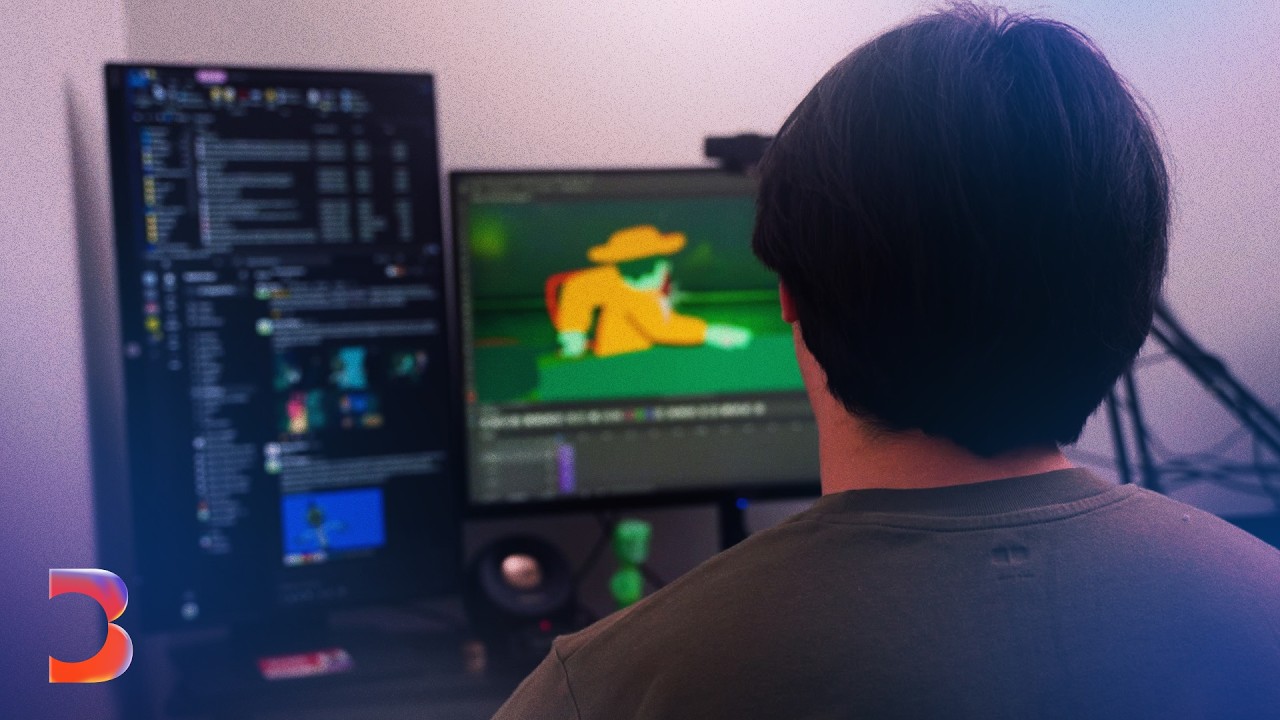The video discusses how generative AI is transforming the art world by enabling rapid creation and manipulation of media, while also raising ethical, legal, and intellectual property concerns among artists. Despite potential for new artistic possibilities, many believe regulation is necessary to protect artists’ rights and preserve the human element in creative work.
The video explores how artificial intelligence (AI), particularly generative AI, is transforming the art world and impacting creatives. An artist shares their personal experience with AI, describing it as a surprising and magical tool that allows for rapid exploration of new ideas, perspectives, and environments. While some see AI as a helpful addition to creative workflows, others are concerned about its potential to replace human artists, especially since many artists have built their careers by sharing their work online in good faith.
The development of generative AI over recent years has led to systems capable of producing images, videos, music, and other media that are increasingly difficult to distinguish from human-created content. Companies like Runway are developing AI tools tailored for creative disciplines, enabling artists to animate, manipulate, and bring their ideas to life more easily. Artists use these tools to enhance their work, such as adding movement or camera effects, but the integration of AI remains controversial due to ethical and legal concerns.
A significant issue highlighted is the question of intellectual property rights. Many AI models are trained on vast datasets scraped from the internet, often including copyrighted works without the creators’ consent or compensation. Artists whose work is included in these datasets feel betrayed, as their art is used to generate new content that mimics their style without acknowledgment or payment. Legal battles are ongoing, with artists suing AI companies over copyright infringement, but the legal system is slow to catch up with the rapid advancements in AI technology.
Artists express concern over the lack of transparency in how training data is collected and used. Some artists have taken steps to opt out of datasets or scramble their images to prevent inclusion, but these measures are burdensome. The core issue remains that AI models generate new content based on learned patterns rather than retrieving stored data, raising questions about originality, plagiarism, and fair use. Many artists see the current practices as a form of exploitation that threatens their livelihoods and the integrity of their work.
Despite these challenges, some believe AI will lead to new forms of art and storytelling, representing an evolution rather than a replacement. The analogy is made to how the camera revolutionized painting, and how AI could similarly transform media and narrative creation. However, there is a consensus on the need for regulation to ensure transparency, protect artists’ rights, and maintain the human touch in art. Ultimately, the video emphasizes that art is a reflection of human perspective, and safeguarding the humanity within creative work is essential as AI continues to evolve.
